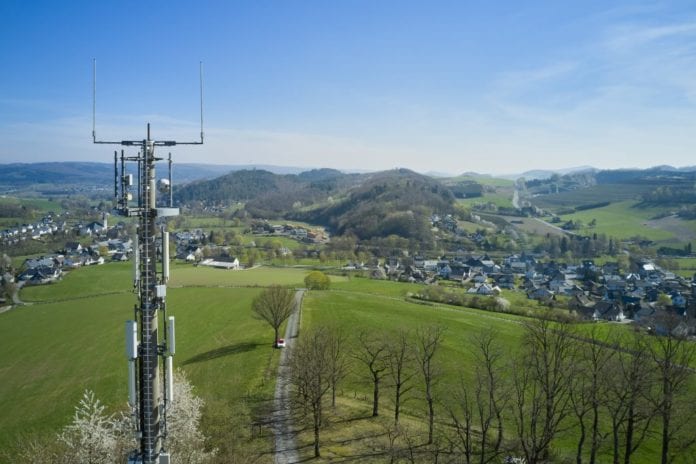Vodafone said that its 5G network is expected to be available to 60 million people by 2023
Vodafone Germany has deployed 13,000 antennas for the provision of 5G services since the beginning of the year, the telco said in a release.
Including this recent deployment, more than 34,000 5G antennas are already bringing 5G to 55 million people in Germany.
The telco also noted that its 5G Standalone (5G SA) network is currently available to nearly 15 million people across the country.
Vodafone recently also said that 5G SA will be activated across the company’s 5G footprint, reaching nationwide coverage by 2025.
The telco added that its 5G network is expected to be available to 60 million people by 2023.
Vodafone has been expanding and modernizing its LTE network across Germany. A total of 4,200 LTE construction projects have been completed since the beginning of 2022, while the operator plans to complete 3,000 more LTE construction projects by the end of the year: These include the activation of new locations, the modernization of existing mobile radio stations and the expansion of network capacities, according to the carrier.
Last year, Vodafone Germany launched its 5G Standalone (SA) network in partnership with Ericsson, Nokia, Qualcomm and OPPO.
For the 5G expansion, Vodafone is relying on frequencies in the 3.6 GHz, 1.8 GHz and 700 MHz bands in large urban areas, residential areas and suburbs, and rural areas across Germany.
Vodafone previously said that it was installing new 5G antennas from technology partner Ericsson in its 5G network, which transmit data in a significantly more energy-efficient manner. In comparison to previous antenna technology, around 40% energy can be saved in the transmission of data. Vodafone has been testing 150 of these 5G antennas and aimed to convert 900 5G antennas to this energy-saving technology by the end of the current financial year.
Vodafone initially launched its 5G network in Germany in 2019, on 3.5 GHz frequencies that it acquired from Telefónica in 2018.
Rival operator Deutsche Telekom recently said that it is currently using 3.6 GHz frequencies for the provision of 5G services in more than 2,000 locations across Germany. Deutsche Telekom highlighted that 92% of households can already access the carrier’s 5G network, while LTE coverage reaches 99% of the German population.
In June, Deutsche Telekom said it was using spectrum in the 700 MHz range for the provision of 5G for the first time. The operator said that the use of the 700 MHz band improve mobile communications coverage in rural areas across Germany.
The telco added that more than 3,000 antennas in about 1,100 locations are currently transmitting 5G via 700 MHz frequencies.
Meanwhile, Telefonica Germany previously said its 5G network had around 10,000 antennas in the country, enabling the provision of 5G services to more than a third of the German population.
The operator also said it has already deployed over 5,000 5G antennas in the 3.6 GHz frequency. By the end of this year, the carrier aims to reach 50% of Germany’s population with 5G technology, while nationwide 5G coverage is expected by the end of 2025.

